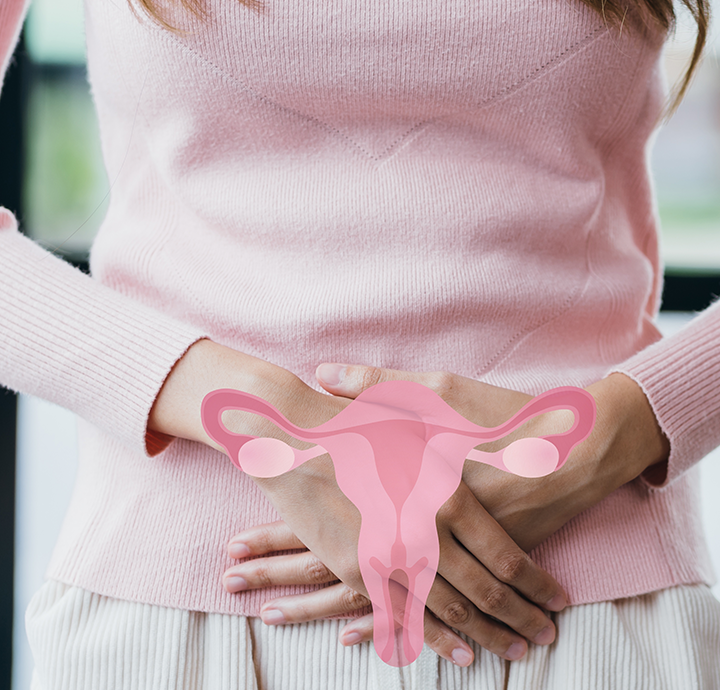
Blastocyst transfer is the process of creating the embryo in a suitable laboratory environment and transferring it to the uterus.
Today, it is among the reproductive treatments that have an important place in IVF treatment. Thanks to the possibility of transferring better quality embryos, this method is frequently used and couples are supported to have a baby.
The fact that it has many advantages, such as reducing the risk of multiple pregnancies, is seen among the biggest advantages of the treatment. The high rate of blastocyst retention is also an important contribution to the process of couples having a child with these treatments.
The aim of blastocyst transfer, which involves the transfer of the embryo, which is followed in the laboratory environment for a certain period of time, to the expectant mother for a healthy pregnancy, is to ensure a quality and successful pregnancy. The process is finalized by transferring the embryo created in the external environment to the uterus. The fact that it is an application with low risks and high treatment success has been an important factor in increasing the interest in this treatment.
Blastocyst transfer is a reproductive treatment that involves the transfer of the fertilized egg to the uterus during in vitro fertilization (IVF) treatment. In order for the transfer phase to be successful, the embryo will need to be observed and created in a suitable laboratory environment. The suitability of patients is of utmost importance in the application of blastocyst implantation.
The term blastocyst is a medical term for a specific stage of embryo development. It represents a stage of the embryos during IVF treatment. Embryos reach this stage after passing through the first stage of fertilized eggs. Blastocysts are usually formed in the first 5 - 7 days and the transfer is carried out after these periods. The success rate of blastocyst transfer methods is also very high.
This cluster of cells in which fluid is collected is usually defined as a blastocyst. It is then embedded in the endometrium, the inner layer of the uterus. This process is referred to as implantation. In general, transfer procedures are carried out by providing this development up to 5 days. The embryo reaching the blastocyst stage is successfully transferred.
The suitability of patients is extremely important for successful results after blastocyst transfer. If appropriate methods are not determined for patients in reproductive treatments, treatment success will be low. In order to avoid such risks, specialist and clinic preferences are important factors. 5-day embryos are generally considered suitable for blastocyst transfer. However, before proceeding to the transfer stage, the suitability of the patients must be checked.
When we look at the suitability for those who become pregnant with blastocyst embryos, it is seen that the treatment is suitable for the following people:
Special treatment methods are applied for each patient in the IVF treatment process. The suitability of the patients is an important factor in this respect. For the success of the treatment, every stage of the planning process should be followed by a specialist. Each of the factors that will affect the quality of blastocysts should be analyzed in detail.
The treatment process in blastocyst transfer can work differently. In IVF, 5-day embryo transfer is generally defined as a commonly applied method. Because the chances of keeping 5-day embryos are much higher than others. In order to ensure successful blastocyst transfer, all appropriate conditions must be met.
After the merger of egg and sperm, a zygote is formed. The zygote then divides and multiplies and forms a mass of 2, 4, and 8 cells. Blastocyst is defined as the state that has reached the 5th day after it becomes an embryo after the union of sperm and egg. Briefly, blastocyst transfer is performed by following the following stages:
It is important that the process is followed by specialists after blastocyst transfer. The decision for the transfer of 6-day embryos or 5-day embryos is also made by specialists. The preparation stage, planning, and process follow-up are very important issues in IVF treatment in order for the treatment to be successful.
After quality blastocyst transfer treatment is applied to patients, the healing process will begin in a short time. In general, recovery is shorter and lighter than other surgical procedures. The healing process may differ from person to person. Most of the time, since the embryo quality is higher for 5 days, the procedure is performed after this time and the healing process is followed after this time.
Firstly, resting after the transfer takes the first place in the recovery process. Patients will need to rest for a while according to the doctor's recommendation. Mild pain and cramping sensation after the procedure is considered normal. Although there are mild and short-term symptoms, a doctor should be consulted for pain that does not go away and intensifies.
For a successful treatment after the transfer, patients are also asked to change some of their habits. It is important to avoid oral exercises and eat a balanced diet. It is necessary to wait for a few weeks after the transfer. The retention process should be followed well to diagnose pregnancy with blood and urine tests. Blastocyst transfer pregnancy calculation should be made and an accurate process should be followed in this context.
Blastocyst transfer treatment is seen as a very advantageous and successful method for couples who cannot have a child in normal ways. Among the advantages of blastocyst transfer, the prevention of multiple pregnancies, which is usually seen in IVF treatments, is also at the forefront.
In general terms, the advantages of blastocyst transfer are as follows:
Blastocyst transfer has become a common treatment method thanks to its advantages such as better embryo quality, high success rate, single embryo possibility, a more natural approach, and reduction of recurrent miscarriages. With its clinical facilities and treatment success, Op. Dr. Nurettin Türktekin facilitates the process for those who want to have a child with high success rates in blastocyst transfer treatments.



Ovarian cysts are fluid-filled sacs or vesicles seen inside the ovary. Normally, during each menstrual period, a cyst called a follicle, which carries the egg cell and can reach 3 cm in size, forms in the ovaries. Then this cyst cracks and the egg is released. In young girls with ovulation problems, normal or physiological follicle cysts that cannot rupture can grow every month and reach 5-10 cm, while small numbers of 0.5-1 cm in size, which we call polycystic ovaries, can be seen in series. Apart from these functional cysts, benign or malignant ovarian cysts can also be seen in all age groups.
Except for the most common functional ovarian cysts, cysts can be benign or malignant tumoral cysts. In addition, as a result of infection, abscess-shaped cysts may occur, which is usually accompanied by pain and high fever.
When a woman and a man cannot achieve pregnancy, it should be checked whether there is any infertility in the couple. IVF treatment should generally be tried 3 times. There is a chance of pregnancy in trials after this number, but the success rate is very low.
IVF treatment can be applied until the age of 45 in women. However, it should not be forgotten that women over the age of 40 have a significantly reduced chance of getting pregnant. Therefore, the success rate of IVF treatment with egg collection in older women is lower than in younger women. The number of trials may need to be increased for older expectant mothers.
Embryo transfer into the uterus in IVF treatment is a simple and fast procedure. Firstly, a thin plastic catheter is inserted into the cervix. The embryo passes into the mother's uterus through this equipment. During the treatment method, egg developer injections must be administered.